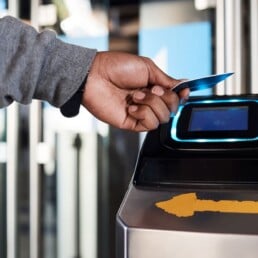Putting IT Infra Consumers on a Diet
The New Mindset
At many large firms, IT infrastructure budgets easily top $1 billion. In managing such large organizations, IT leaders often think of themselves (and sometimes as asked to behave as) utility-like service providers to the rest of the firm. As such, their focus tends to be on reducing aggregate costs while ensuring service quality across thousands of applications, and on meeting new demand quickly, all in an environment of very rapid technology and business change.
One question seldom asked is “how do I put my (IT infrastructure) customers on a diet?” The demand side is often assumed as a given, and there is with little assessment of (over-) consumption by applications.
The Hidden Opportunity
Large IT infrastructure functions often find it hard to assess precisely how much infrastructure is being consumed by an application or organizational group, and how much is being paid for it. This is in part because accounting and chargeback approaches may not be very granular and large allocations may be the norm. Even if such information is available and reports generated, it may go unused, in part due to lack of clarity on who “owns” those costs.
Analogous to counting & controlling calories, where the data and analytics to assess infrastructure consumption do exist, we have seen significant opportunities from “putting infrastructure consumers on diet.” Exhibit 1 below illustrates just one example from an application portfolio we assessed.

As in many aspects of business, the 80-20 rule tends to apply for app-level infrastructure consumption & costs. This allows focus on a sub-set of large apps which merit individual assessment. Further analysis of the large apps, say by type, quantity and cost of infrastructure resource consumed (e.g., compute vs. storage), often allows anomalies come to light which point to a rich vein of savings. In the case illustrated above, we discovered that the app incurred more storage charges than the rest of the division combined. Unraveling the causes led to identification of a $5m reduction in infrastructure & support charges for just that app!
The Regiment
Such situations often arise because it is often difficult to answer questions about the demand (e.g., in the way a marketing function at a company would)
- Who, exactly, are the consumers (i.e., what are the segments)? What are their wants vs. needs? How are we meeting them?
- Sometimes, the Infrastructure function can be too inward looking
- What precisely, & how much, are they consuming (by application or org group)? How much are they paying for it?
- Understanding calories counts, good vs. junk calories can quickly lead to lower consumption
- What products/services should I offer to better and more efficiently meet the needs of the customers?
- Many “diet companies” have found success by defining standard, calorie- and fat-controlled portions that serve as full meals for their clients
Of course, there will be cases where the apps will have to undergo an “extreme” exercise regimen to slim down their infrastructure consumption.



























